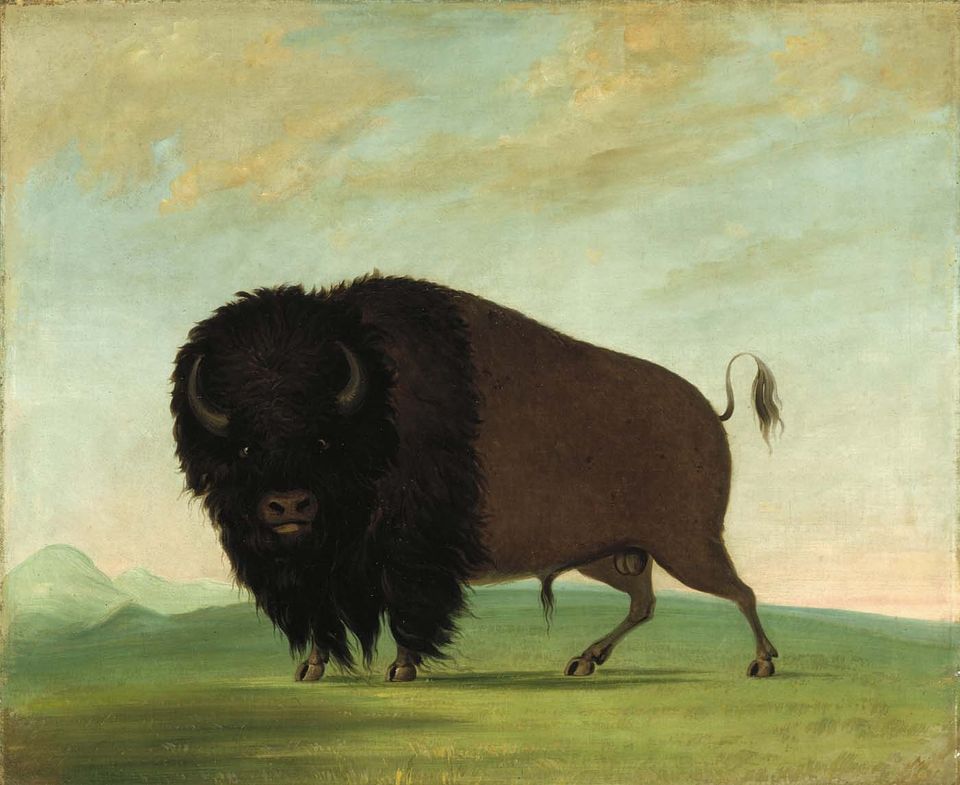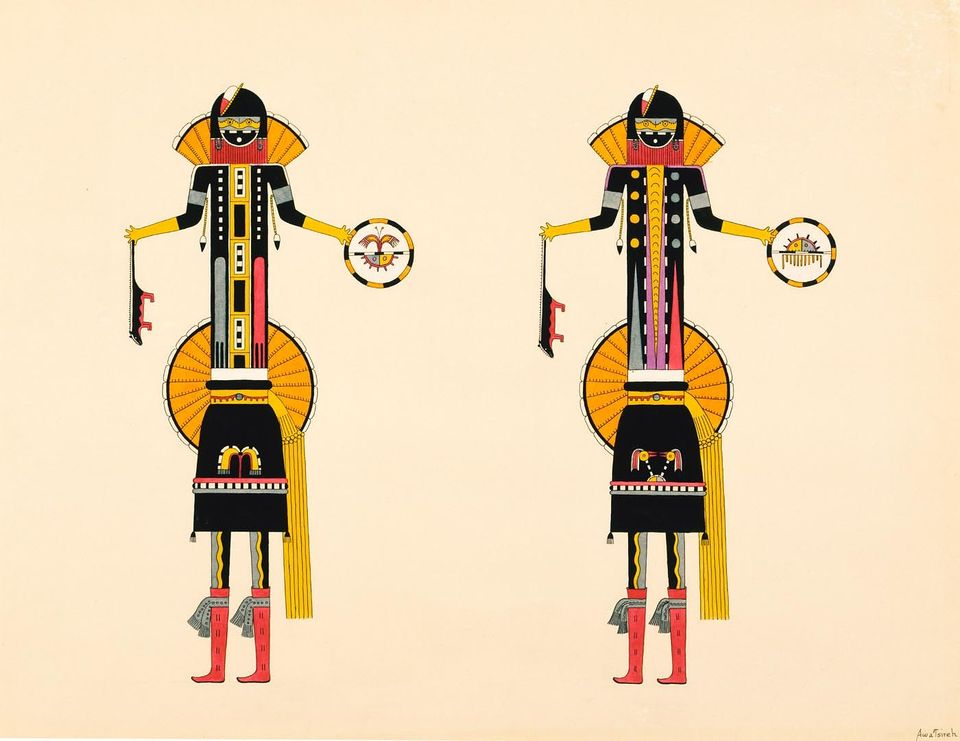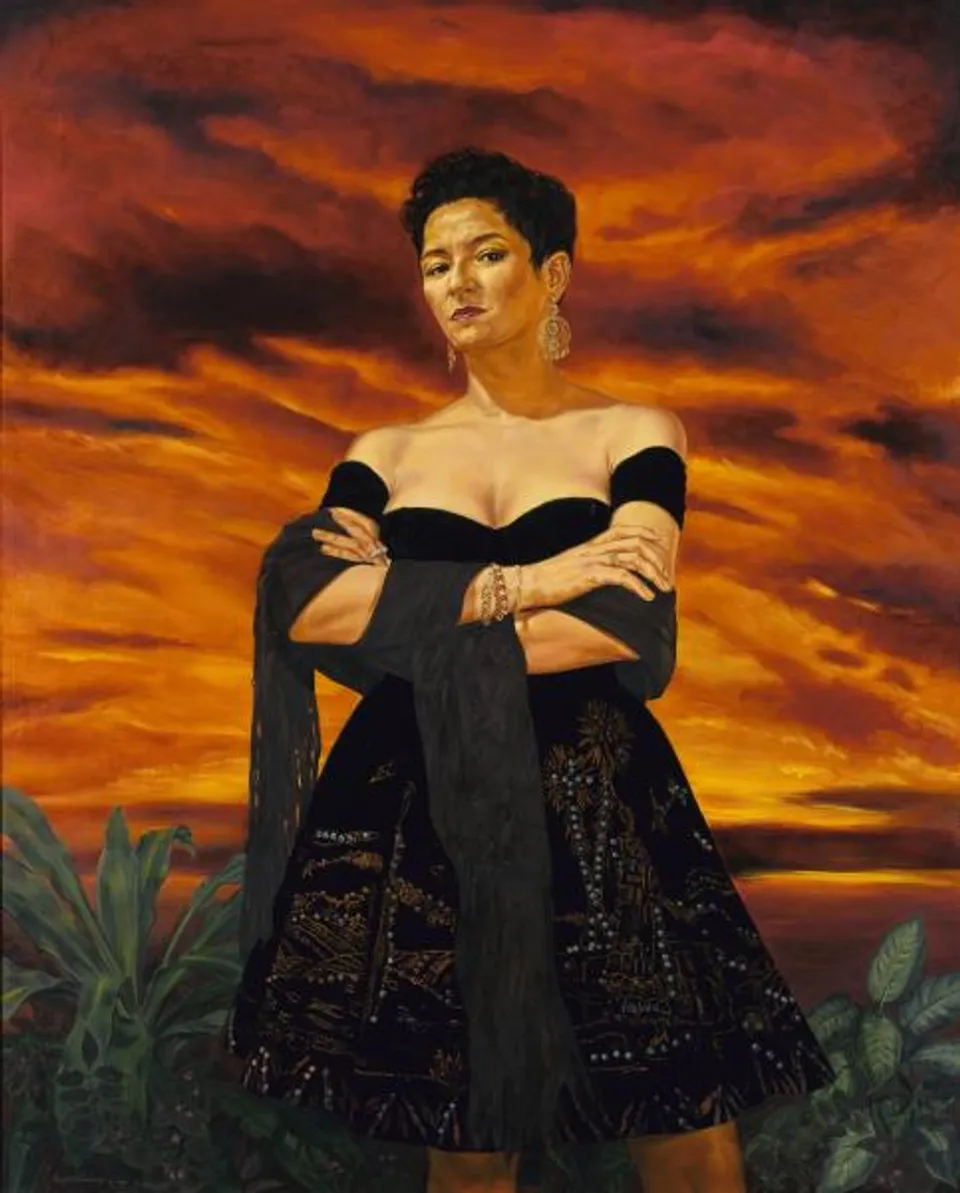Awa Tsireh
- Also known as
- Alfonso Roybal
- Cattail Bird
- Born
- San Ildefonso Pueblo, New Mexico, United States
- Died
- San Ildefonso Pueblo, New Mexico, United States
- Active in
- Santa Fe, New Mexico, United States
- Biography
Awa Tsireh, also known as Alfonso Roybal, was one of the first Pueblo painters to receive recognition by the Santa Fe art community. After seeing several examples of Awa Tsireh's work for sale in a souvenir shop in 1917, Alice Corbin Henderson sought out the artist and through him developed a great respect for his work and that of his peers. Awa Tsireh's success at selling his paintings, although few were sold for more than a dollar, encouraged other Pueblo artists to adapt their painting and design skills to the medium of watercolor paint on paper. In the 1920s, Awa Tsireh received sponsorship from the School of American Research, then a branch of the Museum of New Mexico, to devote his full time to painting. He was given studio space in the museum along with Fred Kabotie, a Hopi artist, and Velino Shije Herrera of Zia.
Andrew Connors Pueblo Indian Watercolors: Learning by Looking, A Study Guide (Washington, D.C.: National Museum of American Art, 1993).
- Artist Biography
Painter. Nephew of Crescencio Martinez, Awa Tsireh received a brief formal education in his home village, San Ildefonso Pueblo, New Mexico. He was inspired to paint by his uncle, whom he soon surpassed in graphic skills. About 1917 Awa Tsireh was commissioned by Edgar L. Hewett to make paintings of Indian ceremonies. This brought him into daily contact at the School of American Research with Indian painters Fred Kabotie (Hopi) and Ma-Pe-Wi (Zia) and artist William P. Henderson, who occupied studios there. By the thirties, after his work had appeared in major exhibitions of Indian art in Chicago and New York, Awa Tsireh enjoyed a national reputation. With India ink and a brilliant, distinctive palette, he produced decorative paintings of great precision. His style developed from a naive realism, used to depict genre and dance scenes, through more abstract phases featuring landscape "props" and stylized animal forms. Awa Tsireh had a profound influence on the work of many other artists, who were inspired by his wide range of subject matter, delicacy of draftmanship, color variations, and preservation of indigenous design elements.
References
Boyd. Popular Arts of Spanish New Mexico, pp. 374–75.
Wroth. Christian Images in Hispanic New Mexico, pp. 115–22.
Charles Eldredge, Julie Schimmel, and William H. Truettner Art in New Mexico, 1900–1945: Paths to Taos and Santa Fe (Washington, DC: National Museum of American Art, Smithsonian Institution, 1986)

















